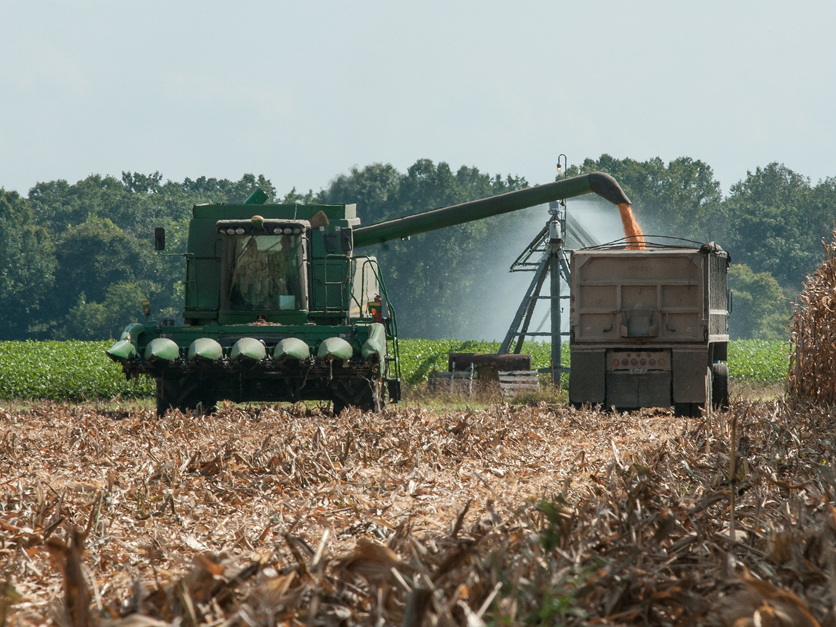Financial conditions in rural America have stabilized after being rocked by the coronavirus pandemic earlier this year, but some ag lenders say they’re concerned about the prospect of another wave of economic hardship if the virus were to intensify once again.
What’s more, the impact of another wave of coronavirus-related shutdowns of agricultural infrastructure like processing plants and key demand outlets could be exacerbated by questions about the prospects for additional ad hoc support.
“Neither Farm Credit East nor our customers are anticipating the same level of support in 2021 or beyond that we received this year, so certainly a change is anticipated,” Mike Reynolds, the CEO of Farm Credit East, which serves a region stretching from New Jersey to Maine, told reporters on a webinar Wednesday.
“The bigger fear from my perspective is what happens if there is another second wave of COVID,” he added. “In absence of the same type of level of support, I believe the results could be significant.”
But some would argue cases are already experiencing a prolonged resurgence, especially in rural Midwestern states. According to tracking of case figures by The Washington Post, North Dakota, South Dakota, Montana, and Wisconsin are among the states experiencing the biggest spike in cases (when adjusted for population) as the country approaches a seven-day rolling average of new cases that is approaching the peaks observed this summer. New daily cases have risen 9.7% in the last week and hospitalizations are up 7.8%, while deaths are up about 5% over the same time period.
Earlier this year, economic shutdowns across the country had a prolonged and diverse impact on agriculture. COVID-19 outbreaks at packing plants led to facility closures that resulted in a backlog of animals to be processed or, in some cases, depopulated if they were unable to make it into facilities. The closure of restaurants and food service facilities also forced the redirection of products to the retail sector. Less movement also led to less fuel needed for motor vehicles and a plummeting demand for ethanol.
Interested in more coverage and insights? Receive a free month of Agri-Pulse.
Mark Jensen, CEO of Farm Credit Services of America, which serves five states stretching from Wyoming to Iowa, said the issues that arose earlier this year had the potential to drive many producers out of the business.
“I believe we were weeks if not a month or two away from a disaster, frankly,” he said. “I think it was an economic disaster brewing in terms of these producers not having anywhere to go with these products and the price situation. … They were experiencing huge losses very quickly.”
Jensen and Reynolds both said they have lower expectations for the same level of ad hoc support producers have received the last three years — Market Facilitation Program payments in 2018 and 2019 and Coronavirus Food Assistance Program payments this year — but said the impact of that will depend on each individual operation.
“You’ve got to have your cost of production, your overall cost structure, at appropriate levels for what we think the price is,” Jensen said, specifically noting their advice to clients to get their operation to a point of breaking even on corn prices between $3.50 and $3.75 per bushel.
Farm Credit Council CEO Todd Van Hoose noted indicators of loans under “borrower stress” in Farm Credit’s loan portfolio had doubled between 2014 and 2019 — from about 4% to 8% — but nonperforming loans only make up about 0.84% of the organization’s loan portfolio.
However, Jensen said absent government intervention through CFAP, the borrower stress figure could have been closer to 16%, and lenders and producers alike will need to be judicious in their activity in the coming years.
“If I were to bank on the next few years being more volatile or less volatile, I’d probably put my money on more,” he said.
For more news, go to www.Agri-Pulse.com.


